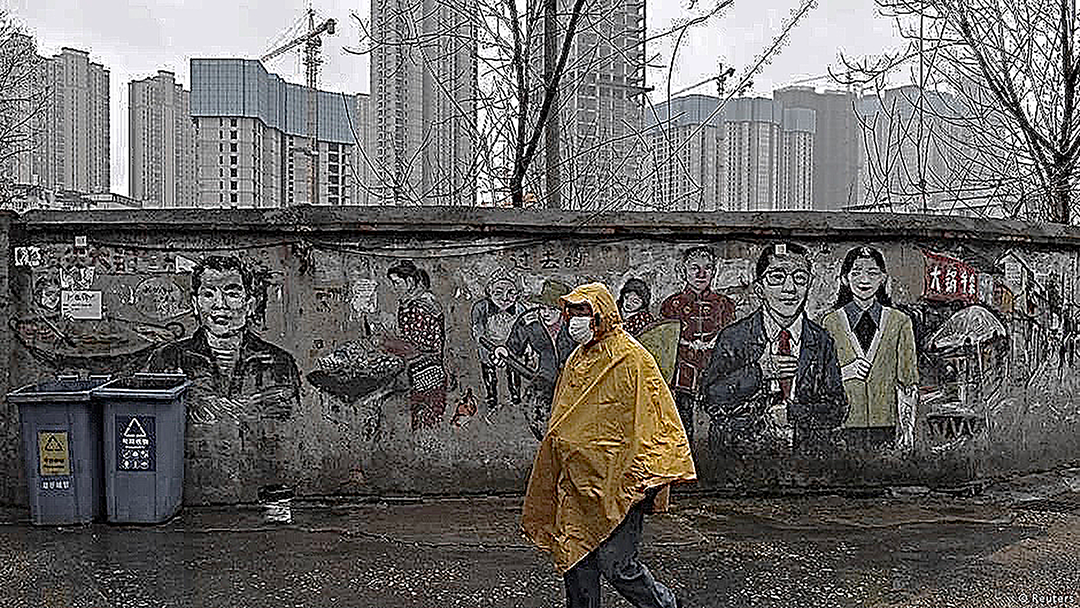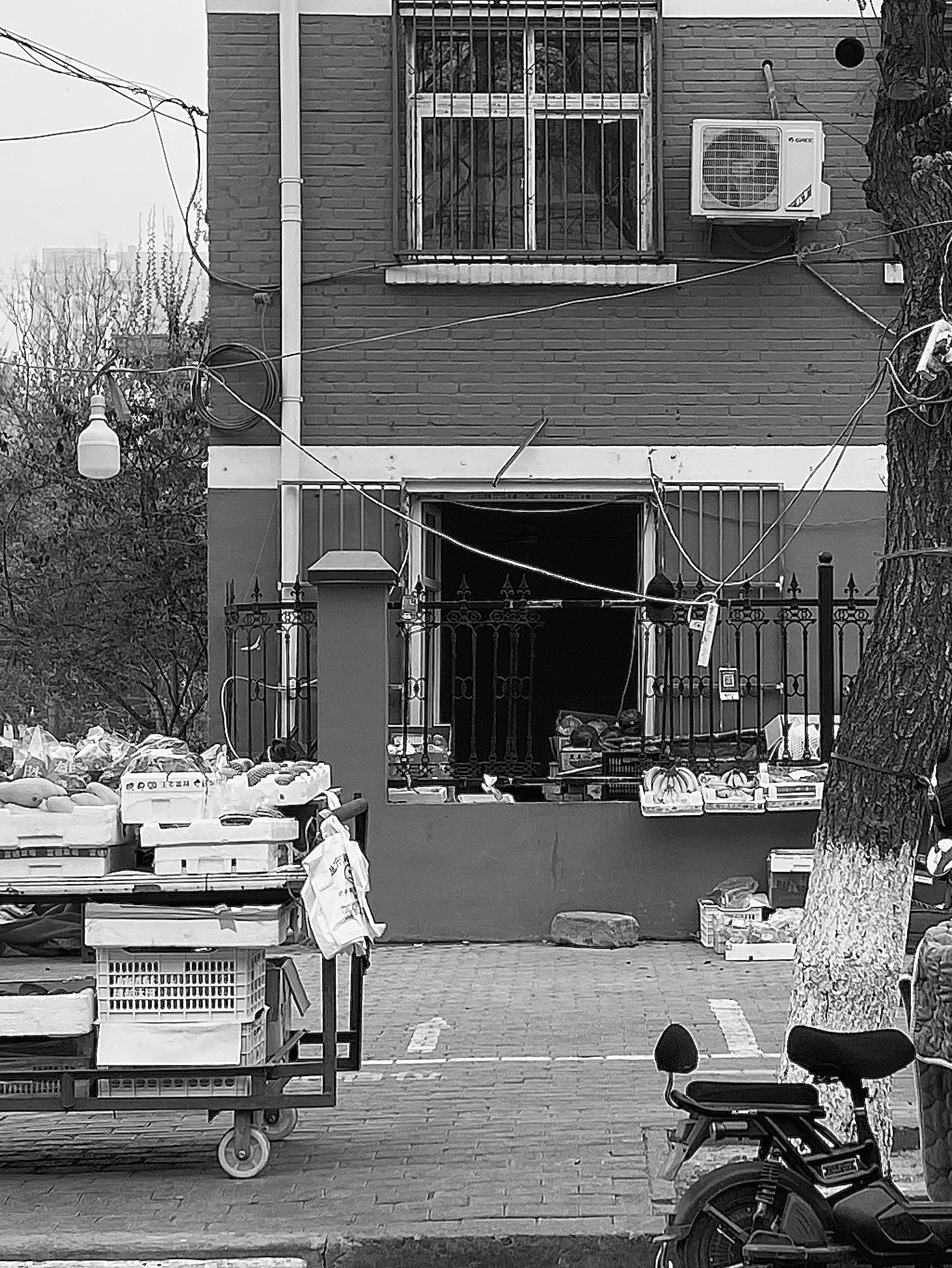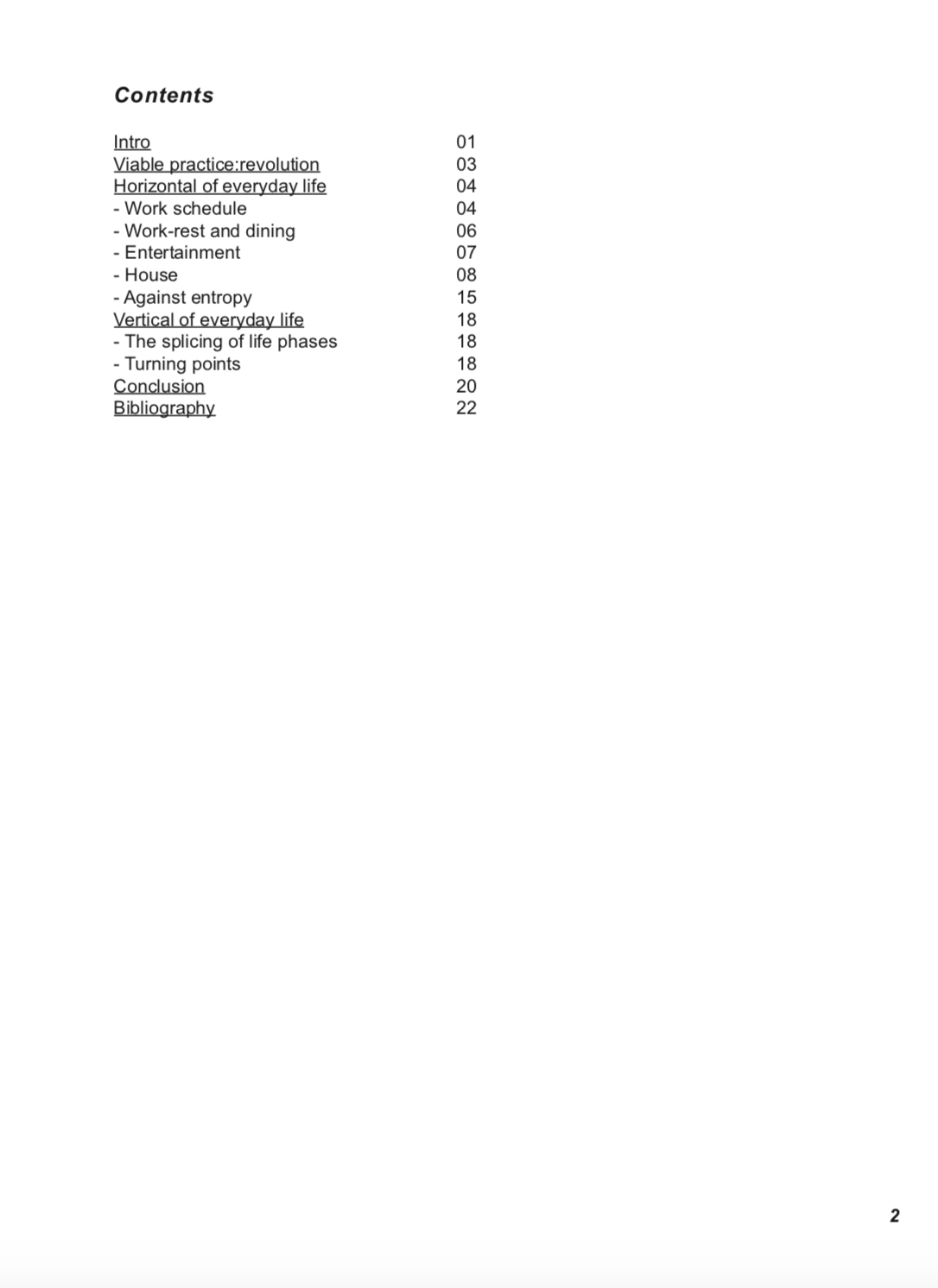The use of commercial area

Through investigation, I discovered that Taikooli keep making very strict adjustments to the stores and layout here according to its strategy, about what brand to choose and where to place them. The layout of the walking path here is very oriented. In Taikooli's strategic grid there are two main squares and five scattered squares. The main squares are used to hold some commercial or artistic cultural activities which is an important source of gathering people and attracting attention. Different activities in each period of time can attract attention widely on the Internet and become an opportunity for hipsters to come to spend. And the shops around all the squares are usually the most popular.
But what were interestng is that there were also a number of non-target consumers of the Takoo blocs active there. Those people were doing something "out of step" within this fashion circle. These “free riders” do not create wealth for the authority, resisting all the creeds of the holy trend land. They avoid the police, influence (or chat to attract) customers , to gain their interests by selling, reselling goods, street-snaping, fortunetelling, or walking. Even if they do not fit, but they successfully stay, avoiding all the traps and strategies of the business districts, creating their own lives.
So my method is to carefully analyze the instructions implied by each element in this space, and evaluate the intensity of the purpose contained in these elements, in order to find available gaps to resist the rules set by the group for users. , Thereby breaking their control of space.
Here, we can learn from the methods of free riders. For example, there are many Middle and old- aged photographers gathered on the widest and most crowded main passage and the entrance to the square. They use this film and the show field. The same area captures fashion-dressed consumers, and because of the large space, they have enough time to capture satisfactory snapshots. Then they will use these works to contribute to make money.
In this way, we can analyze which elements can be used in such a tightly covered commercial space with existing rules, which consumption traps can be evaded, and where can be used in a more free manner by evading the control of the designer. We hope that in this entertainment area, our entertainment life can not be arranged by those in power.
The sick city

Jean Baudrillard used the map of an empire as a metaphor for simulacra in “Simulacra and Simulation”. Compared with the physical space of this empire, the map that people live in, is the simulation of reality. Then the places which simulated by the map, like this empire is the space as we know it. How we appraise and understand a space depends on the reality that takes place here. The relationship between an area and people, the relationship between people and matters, between people and people, and how people use it.
One example is the flow of traffic. The road, the places on roadsides, and the traffic signal settings on the road, which will lead to the interaction between vehicles and other individuals on this road. It can even affect people's mentality and emotions, as well as the circulation of culture and state in this space. This also allowed me to contact a stadium and its surrounding residential areas in Wuhan. In the severe pandemic, many stadiums have been transformed into temporary isolation and treatment hospitals for patients who infected with covid-19. In the case of residential areas all around, the temporary hospital has a great impact on the lives of residents undoubtedly. Based on the political environment, the media often amplifies news which liked"volunteers deliver meals to medical staff", “public contribute and disregard self-safety”, and "the government sends volunteers handing out supplies to the residents". It reflects the illusion of harmony and warmth that everyone is united in fighting the disaster of a collective. But in fact it did caused big problems and troubles in public life. For instance, the residents did not dare to turn on the air conditioner or open the windows for ventilation, the nearby traffic was blocked, and there were no taxis or mobile vendors going nearby. They could not touch any public facilities, and many news about the distribution of supplies were false. So when the central government came there to inspect the situation, some residents shouted "all are fake" downstairs. However, such dissatisfaction is often covered up and ignored. Most people outside Wuhan cannot know about those problems truly. These reality has changed this area to a great extent, changing the way people live, their state and overall emotions. At the same time, this history is also highlighted in public's impressions of this space.
This change of the stadium in Wuhan is the reality in space. So I think the emotional tone in the space depends on the real users of this space rather than the planner. When we feel more users’ voices in a space, it is an emancipation or liberation. Because peoples knowledge/perception of a certain space tend to base on a certain dogma/tenet or a certain social context. This knowledge is numb, and it matters to people outside the space and may also be to the people inside it. So I think the exploration of the reality in a space is an anti-colonization or anti-control. And in the planning
games shown by our classmates, I feel like that the people in the space, the ordinary people, are given very important roles and meanings. Through this, people have more rights to create (their own actions/behaviors and culture of the space).
Abandoned places






This is an industrial park that was abandoned before ten years, with various factories and small buildings where workers lived at the time. It is located in the west of the city, but the city has been developing eastward, so that this area has never been reformed. The government has given up this place, but some previous factories are still being used by individuals to do other things.
Transformed old residential building
![]()
![]()
![]()
A few years ago, the residential building was forcibly demolished due to the government's plan, and all residents were ordered to move out. However, due to investment problems, the demolition stopped in the middle of the process.
Some residents and nearby vendors rebuilt some of the collapsed walls and windows with bricks, built steps, and turned them into stores that can be accessed from the windows.
Dissertation:
‘Beyond the Order — Revolutions in Everyday Practice‘
How the revolution exist in our everyday life? How it seep into and constitutes our lives. What implication did it take, or what impacts it can bring?
Most of time we hold a wish that everything goes on as planned without any accidents, and we lived on the existed concept of everyday life which based on experiences we ever had. However I consider those “accidents” which result in a change in daily life afterwards, less or more, can be regarded as “revolution” in everyday life. We break convention and routine, sometimes are compelled, and sometimes are initiative. So how it works on our life? How it drives the situation?
![]()
Transformed old residential building



Some residents and nearby vendors rebuilt some of the collapsed walls and windows with bricks, built steps, and turned them into stores that can be accessed from the windows.
Dissertation:
‘Beyond the Order — Revolutions in Everyday Practice‘
How the revolution exist in our everyday life? How it seep into and constitutes our lives. What implication did it take, or what impacts it can bring?
Most of time we hold a wish that everything goes on as planned without any accidents, and we lived on the existed concept of everyday life which based on experiences we ever had. However I consider those “accidents” which result in a change in daily life afterwards, less or more, can be regarded as “revolution” in everyday life. We break convention and routine, sometimes are compelled, and sometimes are initiative. So how it works on our life? How it drives the situation?
